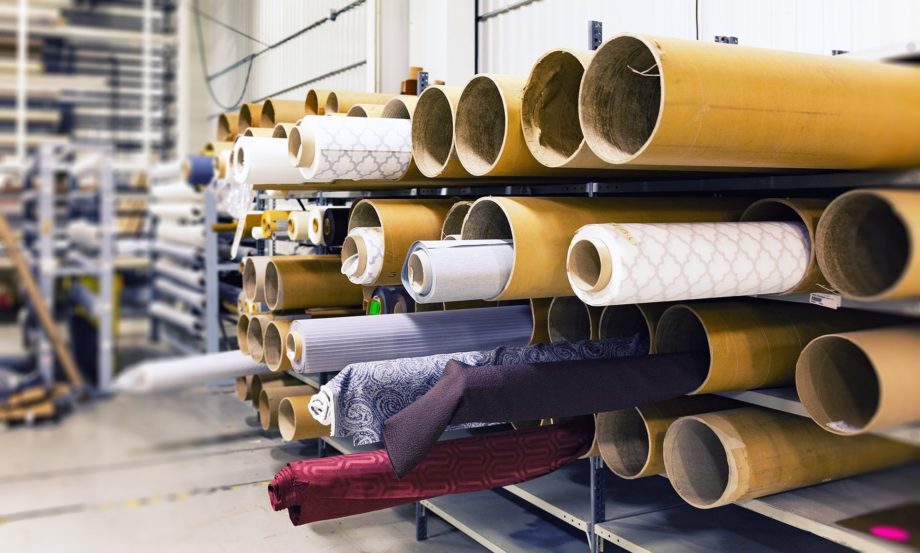
We often use terms on our website that not everyone will be familiar with, so we thought it would be a good idea to give a definition of some of the more common terms which are used in the fabric printing world :
Yarn: A bundle of fibres twisted together. Yarn is used in both weaving and knitting to create fabric.
Selvage: The self-finished edge of the fabric that prevents it from unravelling. Selvages are often used in sewing as a reference point.
Grain: The direction of the threads in the fabric. Fabrics have both a lengthwise grain and a crosswise grain.
Bias: A diagonal line across the fabric at a 45-degree angle to the grain. Cutting on the bias allows for greater stretch and drape.
Warp: The threads running lengthwise in a woven fabric. They are typically the stronger and less elastic threads.
Weft: The threads running crosswise in a woven fabric. They are generally more pliable and provide width wise stability.
GSM (Grams per Square Metre): A measure of fabric weight, indicating how many grams one square metre of the fabric weighs.
Thread Count: The number of threads per square inch in a woven fabric. Higher thread counts often indicate finer, smoother fabrics.
Knit: A fabric created by interlocking loops of yarn, producing a stretchy and flexible material. Examples include jersey and rib knits.
Woven: A fabric made by interlacing warp and weft threads at right angles to each other. This produces a more stable and less stretchy material.
DPI: It stands for "Dots Per Inch." It is a measure of the image quality of digital artwork. It refers to the number of dots (pixels) that can be placed in a one inch line. You may also come across PPI, when using design software. This stands for "Pixels Per Inch", and is also a metric for determining image quality.
We hope these definitions will help you better understand our website so you can create your very own custom fabric.
Want to hear more about our great fabrics? Check out our fabric guide page. Want to chat to one of our experts? Let’s chat.






